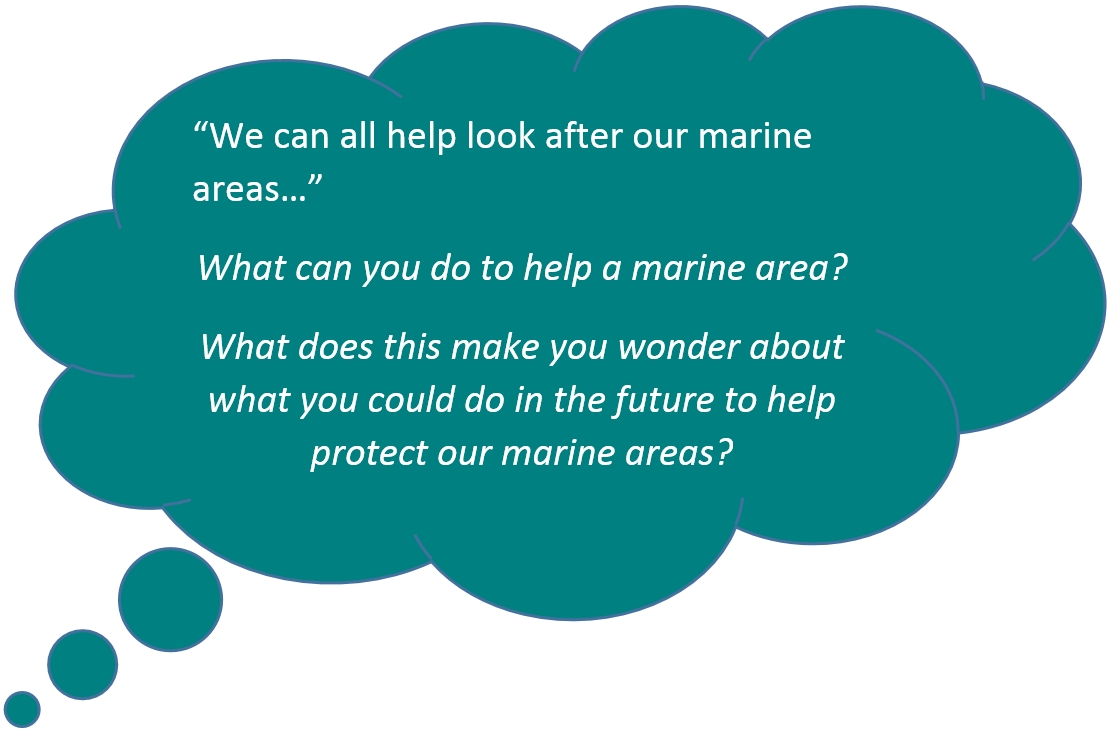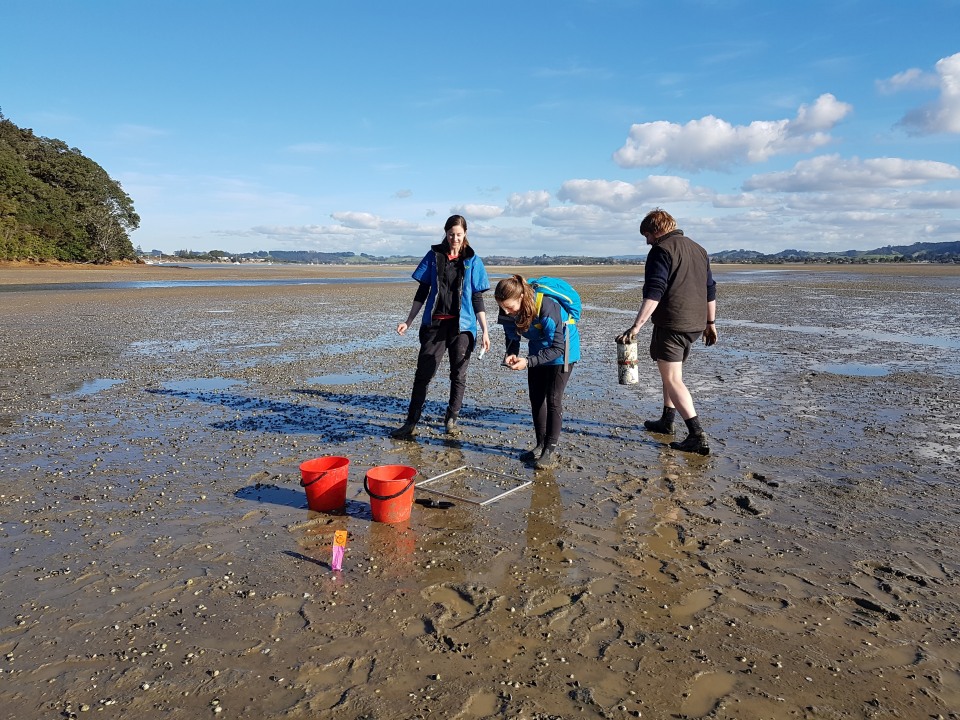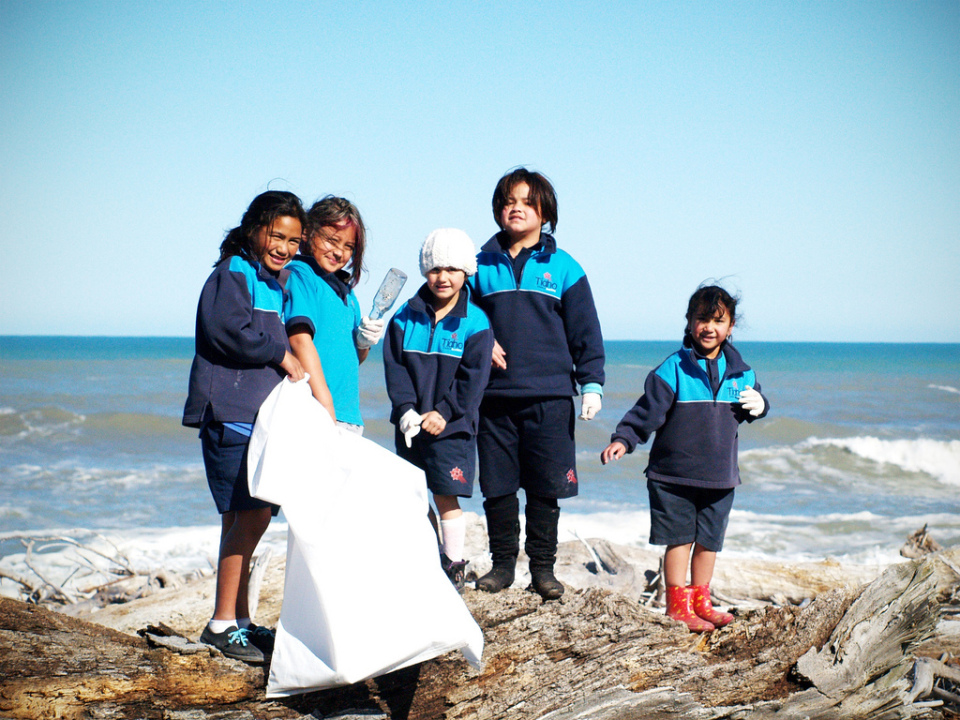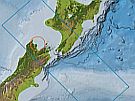Everyone can help protect our marine areas. Visiting marine areas will help you to see their value and learn more about them.
If you are in a Marine Protected Area or Marine Reserve, follow the rules. Leave your dog at home and do not take anything from the area.
Here are some ways to help you enjoy marine areas and keep them safe for the future.
Sensitive habitats
- Don’t walk on fragile dunes, or let you dog walk on them – sand can easily blow away once plants are removed, and rare seabirds may be nesting there
- Look after mangroves - they look after you, by catching sediment and are habitat for our sea life
- Be aware of seagrass beds – these are fragile habitats and can easily be damaged
- Do not disturb Māori ancestral areas – all are protected by law
- Don’t light fires
- Take photos and leave only footprints.
Fishing
- Know the rules for the area you are in – remember that there are different rules for different areas
- Respect rāhui – these are set by local iwi to stop areas from being overfished
- Big fish are the best breeders so are best released unharmed
- Take away any rubbish and dispose of it responsibly – rubbish can damage and/or kill marine life
- Be gentle with any fish that you are going to release
- You do not have to catch your limit, catch only what you need.
Wildlife
- Do not disturb wildlife – give them space, use binoculars to watch them
- Leave your dog at home or keep them on a leash
- Do not walk in areas where there are burrows for birds like penguins and shearwaters
Rock pools
- Always turn the rocks back – animals will die if left exposed to the sun
- Leave rock pool marine life in the water
- Do not remove sea weed – it is shelter for other life
- Do not pick up or handle animals that could harm you such as jellyfish, sea anemones, kina, and crabs
- Make sure you can always see where you place your hands
- Wear footwear to protect your feet when exploring rock pools and the coastal area.
Shell collecting
- Collect only empty shells – any live animals will die if removed from their home.
Look after yourself
- Protect yourself from the sun – with clothes, a hat, and sun block
- Be aware of the tide and heights of high and low tide – the weather also affects the time and level of the tide
- Never turn your back to the sea – large, powerful waves can come in without warning
- Do not explore the beach alone
- Be aware where you are and what's around you
- Stay away from the top of banks or cliffs
- Do not sit directly under a cliff – rock falls do happen.
 Back at home
Back at home
- Choose to buy seafood that is sustainable – use the Forest and Bird Best Fish Guide to find out which fish are not at risk
- Think about packaging, dispose of rubbish properly – reduce reuse, recycle
- Use less plastic – try not to use things like single use plastic bags which can easily end up in the sea where they harm animals
- Don’t pollute stormwater drains – they lead straight to rivers and the sea, so anything other than rainwater can cause pollution
- Use water wisely – it is a limited resource
- Get involved in beach and river clean ups and native planting projects
- Take part in citizen science projects – such as Marine Metre Squared and NatureWatch
- Donate to local marine conservation projects
- Share your knowledge of marine areas – with your whānau, friends and community.








